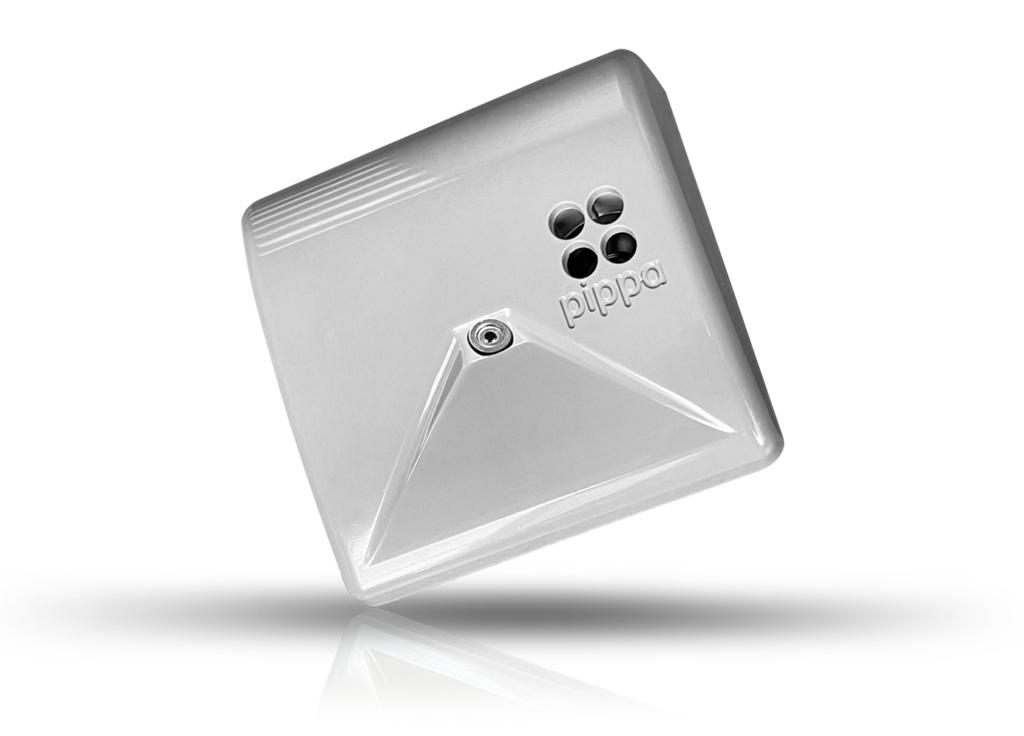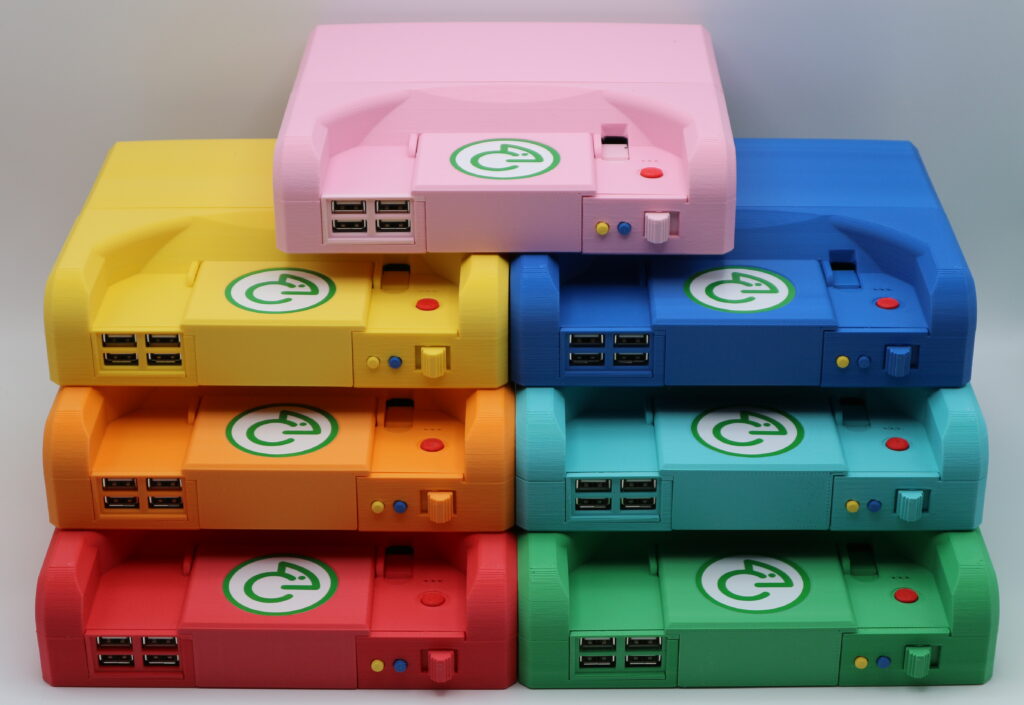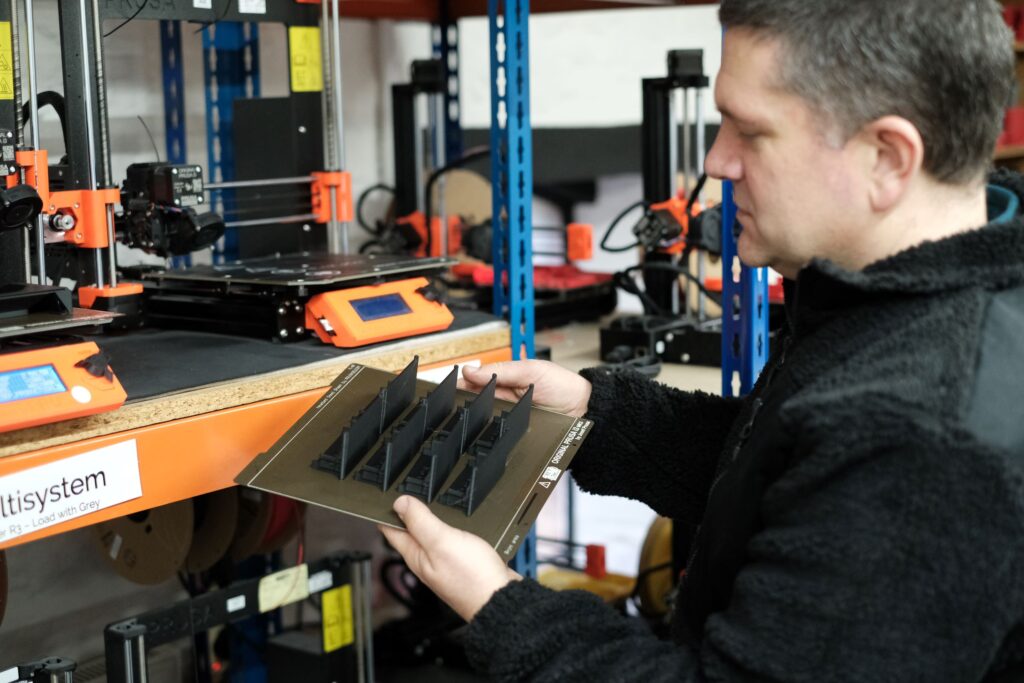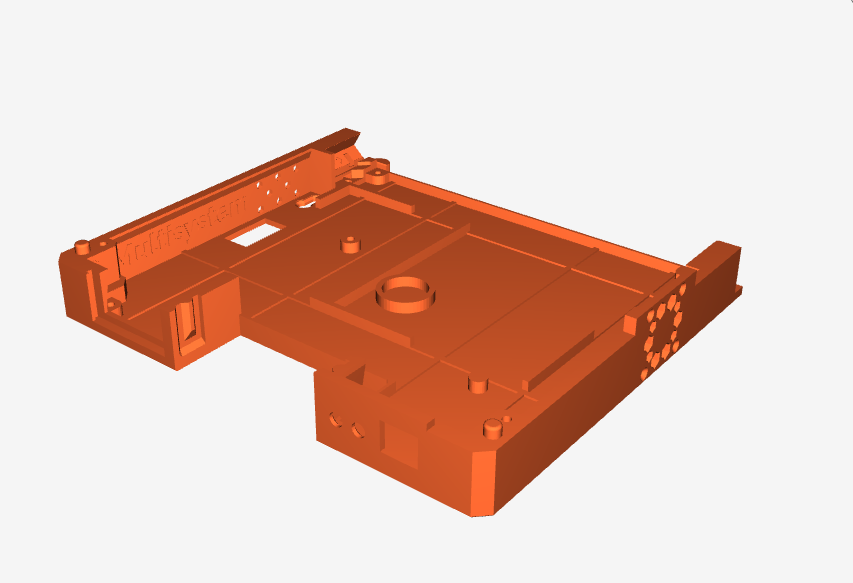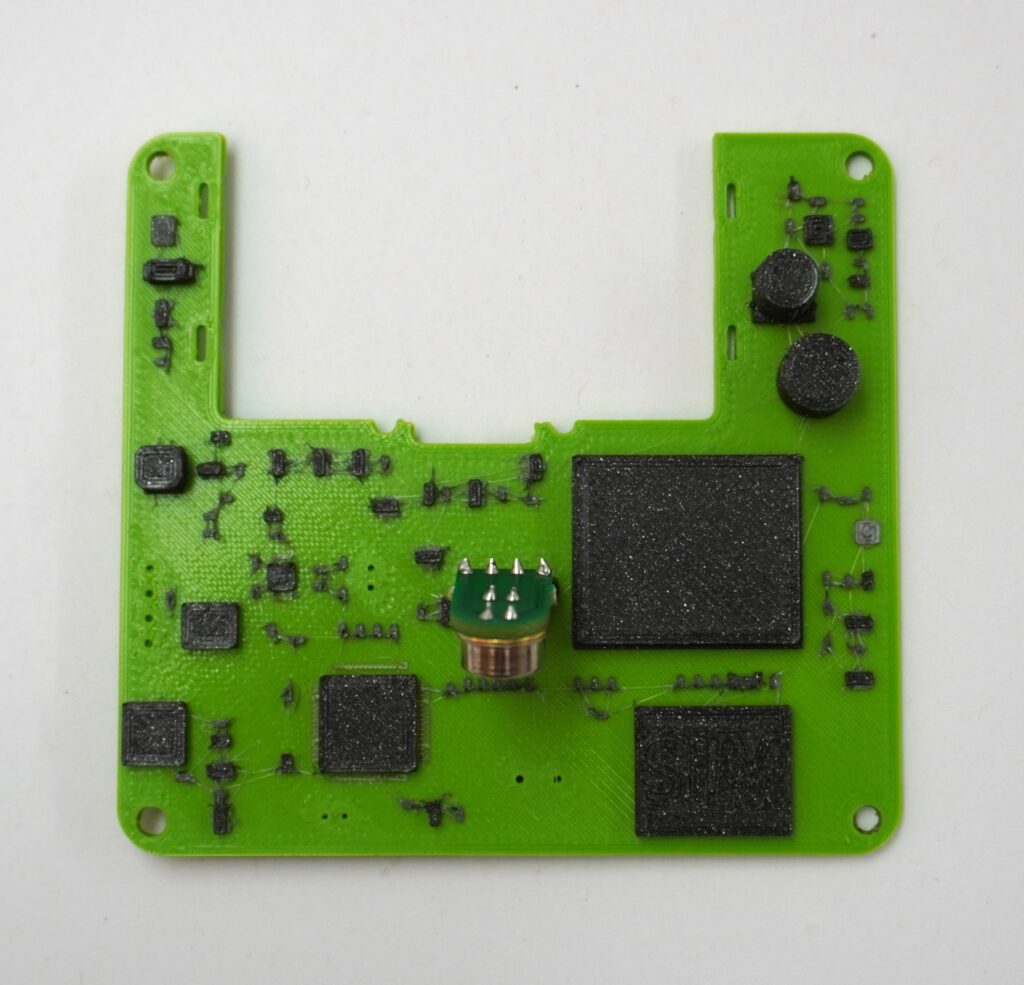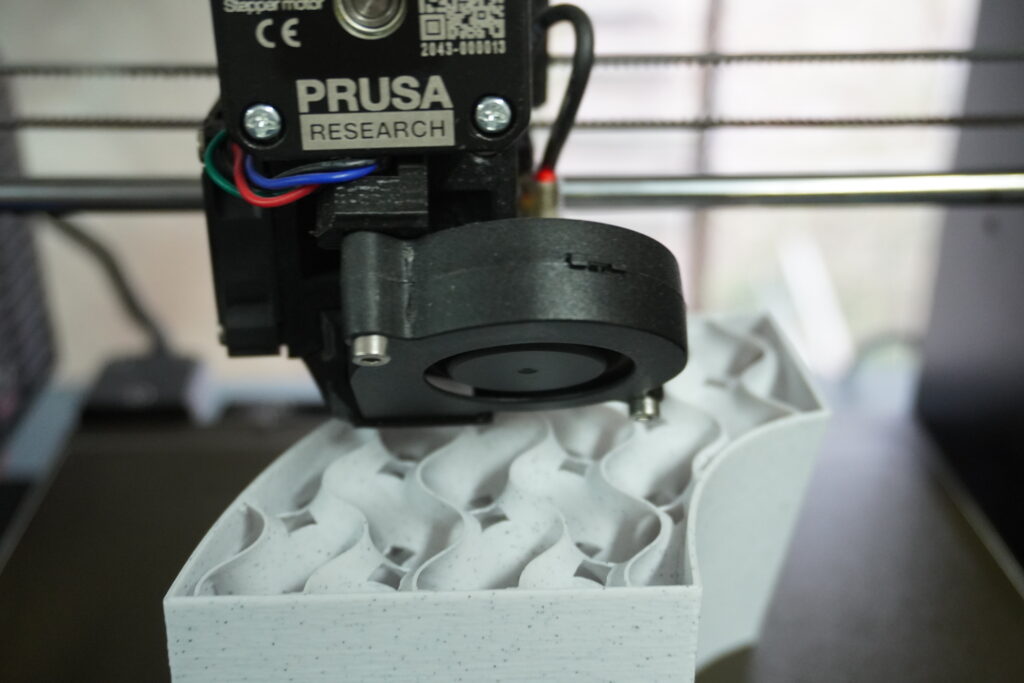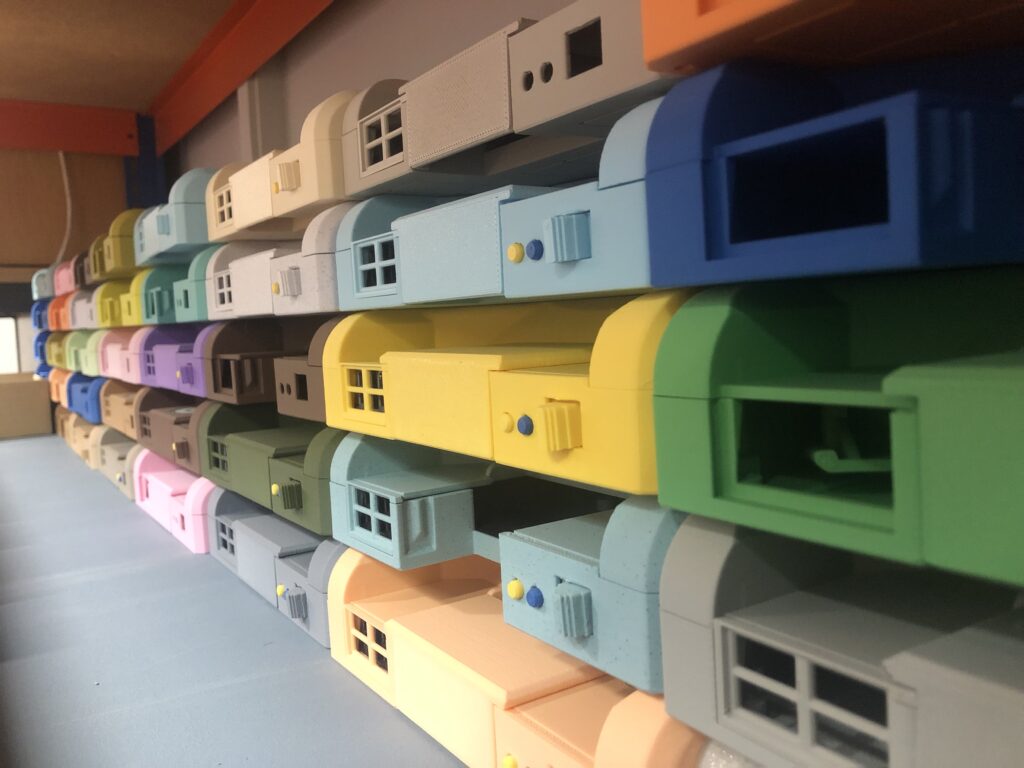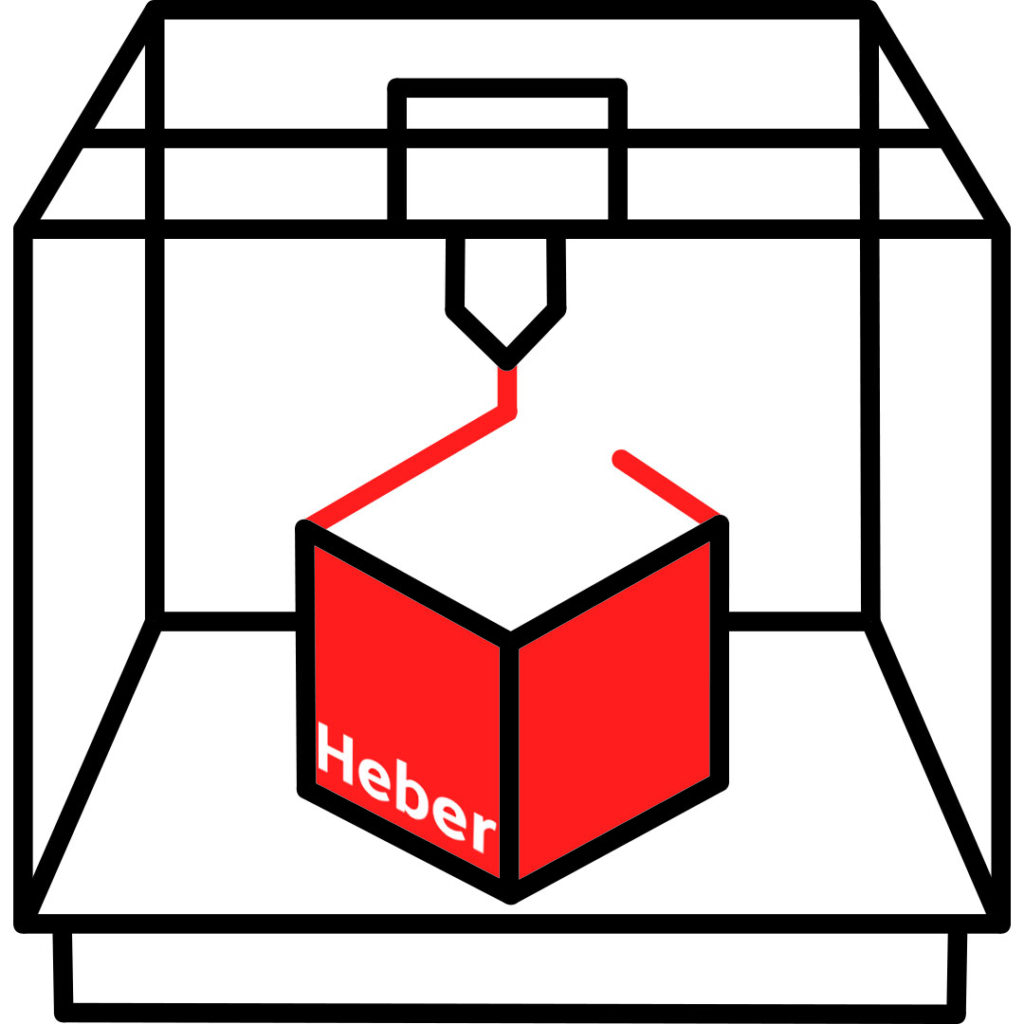
Enclosure Prototype and Concept Modelling
At Heber we are able to offer a bespoke 3D printing service, meaning we can not only create your electronics but also the enclosures for them
What is 3D printing?
3D printing, also known as Rapid Prototyping or Additive Manufacturing is a process that builds layers to create a three-dimensional solid object from a digital model.
To print a 3D object, the manufacturer uses a computer-aided design (CAD) program to create a digital model that gets sliced into very thin cross-sections called layers. During the print process, the 3-D printer starts at the bottom of the design and builds up successive layers of material until the object is finished.
A huge array of printing materials is available, though the most common is plastic filament.
What Heber can do
We currently have 20 machines in our 3D print farm, and along with the renowned skills of our Commercial Director, Richard Horne, author of 3D Printing for Dummies, we can create a wide range of functional prototypes to suit a whole range of products.
With 3D print projects we will work with you through the early design phases using specialised design software, right through to creating prototypes specifically made to your requirements.
The benefit of creating these prototypes is that they can be designed and manufactured specifically for one project. It is a great way to produce the perfect enclosure as any changes can be made quickly and at a low cost. Once the prototype has been finalised the digital model will allow for use in injection moulding, or 3D printing on a lager scale.
We predominantly use a PolyTerra PLA filament for our 3D printing which is a biodegradable plastic.
Examples of our work with 3D printing can be found here
